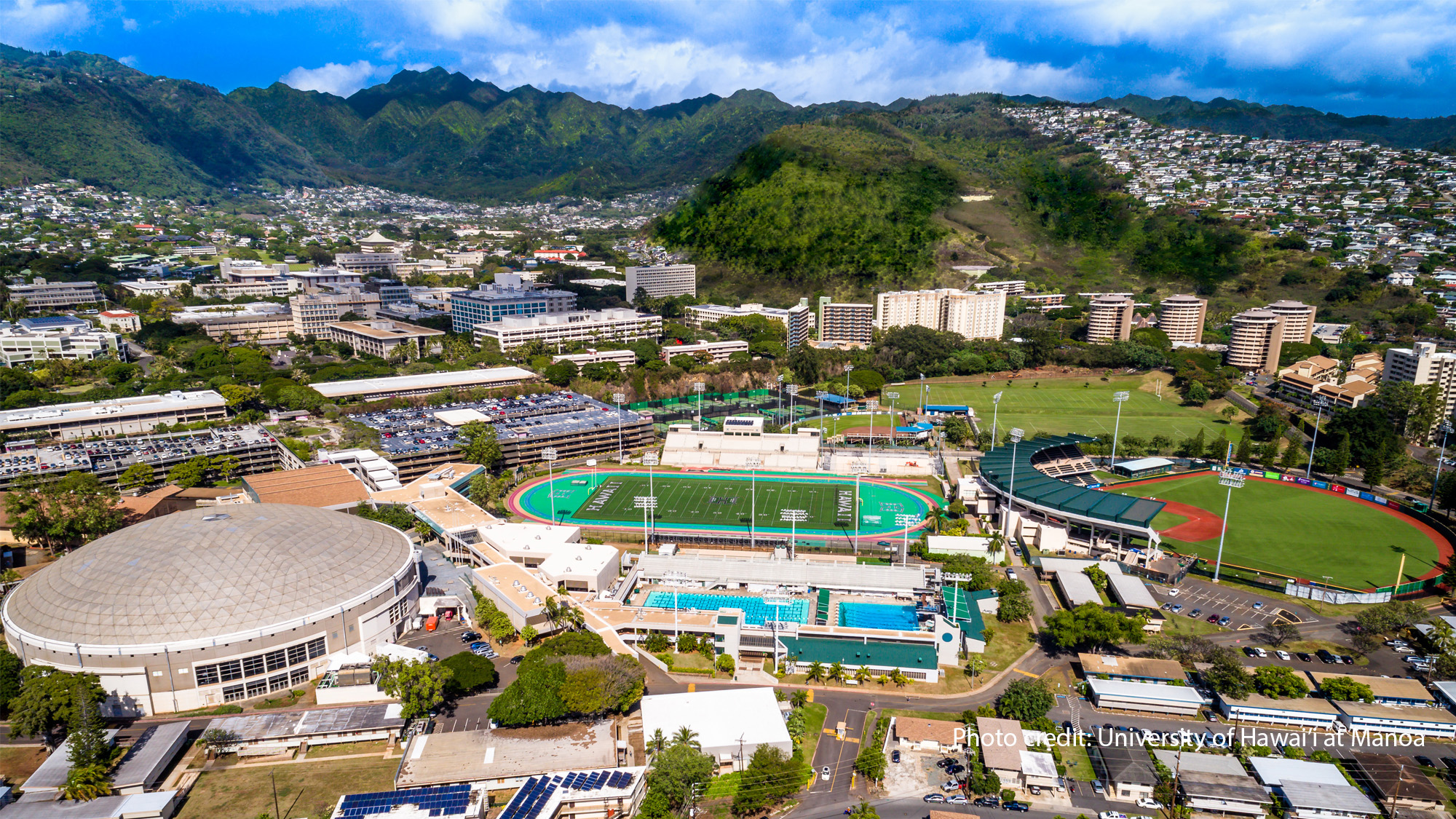The Pacific Islands and its indigenous people have a long, entangled history with the United States. Ask any American what they know about the Pacific, and invariably, people think of:





However, despite this pervasive existence within American pop culture, we know very little about actual Pacific Islanders, the status of these islands as global neighbors in the 21st century, or the fact that this is one of the fastest growing communities in the United States. Nor is it commonly known that the United States continues to hold several Pacific territories, including Guam, American Samoa, and the Commonwealth of the Northern Mariana Islands (along with three island nations holding Compacts of Free Association - the Marshall Islands, Palau, and the Federated States of Micronesia). This is exacerbated by common usage of the racial identifier "Asian Pacific Islander" or "Asian American and Pacific Islander," which tends to conflate a large number of very distinct ethnic communities into one group, indistinguishable from each other. As a result, it is often difficult to find any information about NHPI college student populations, their experiences, or outcomes.
Using NSSE data and items from the new Inclusivity module drawn from the Culturally Engaging Campus Environments (CECE) survey, the authors focused on Cultural Validation (one of the nine CECE indicators) and sought to understand how Native Hawaiian and Pacific Islander (NHPI) students compared to their peers. We also tested the influence of select effective educational practices, measured using NSSE Engagement Indicators, on Cultural Validation. Here is a quick look at our findings: Controlling for student demographics and academic characteristics, our results revealed that NHPI students scored significantly lower on the Cultural Validation scale compared to other students who identified as American Indian or Alaskan Native, Asian, Hispanic or Latino, and White. The average Cultural Validation score for White and American Indian/Alaskan Native students was approximately one-fifth of a standard deviation higher than NHPI students. Compared to NHPI students, the average Cultural Validation score among Hispanic/Latino students was nearly one-sixth of a standard deviation higher and Asian students averaged approximately one-tenth of a standard deviation higher score. Alternatively, students who identified as Black or African American, multiracial, with another racial or ethnic minority group, or preferred not to identify a race or ethnicity reported statistically similar Cultural Validation scores as NHPI students.
After controlling for student demographics and academic characteristics, all five Engagement Indicators were positively related to Cultural Validation to varying degrees. As an example, for Supportive Environment, as NHPI students reported a more positive experience with the campus environment being supportive of academic and non-academic responsibilities, they tended to be in greater agreement that the campus climate was also culturally validating. On average, for every one-standard deviation increase in the Supportive Environment indicator, the Cultural Validation scale increased by 44% of a standard deviation. These findings support and build on previous literature by pointing out aspects of the college that campus that positively support NHPI validation, a key element of success for this population.
This study is particularly relevant because college completion is an ongoing concern for educators, policy makers, and practitioners. National data trends reveal that the six-year graduation rate for American college students hovers near 60% for first-time, full-time bachelor's degree-seeking students at four-year postsecondary institutions (NCES 2016). These rates vary across ethnic/racial groups: White (59.4%), Black (41%), Hispanic (53%), Asian American/Pacific Islander (70%), and American Indian/Alaska Natives (40.6%), However, when disaggregated from the broad Asian American and Pacific Islander (AAPI) category, these differences are even more noticeable and concerning: the same data set reveals that the graduation rate for Asians is 70% while that of Pacific Islanders is 50%. And there are disparities between different ethnic groups within these two racial categories: with the Asian American group, 76% of Asian Indian, 52% of Chinese, and 12% of Laotian adults over 25 years old have a bachelor's degree. Within the Pacific Islander community, none of the ethnic groups have educational achievement close to the U.S. national average of 28% (for example, Hawaiians (17%), Marshallese (4%), and Samoan (10%) (Museus, 2014, p. 27-28). Demographic information compiled by community advocates, scholars, and state and federal agencies reveals pervasive educational inequality for PI community at all levels of education (EPIC; Museus, 2013; UCLA 2006). We are excited that this study adds new information about the experiences of this growing community, and provides potentially useful information to guide scholars and practitioners in supporting NHPI student success.


